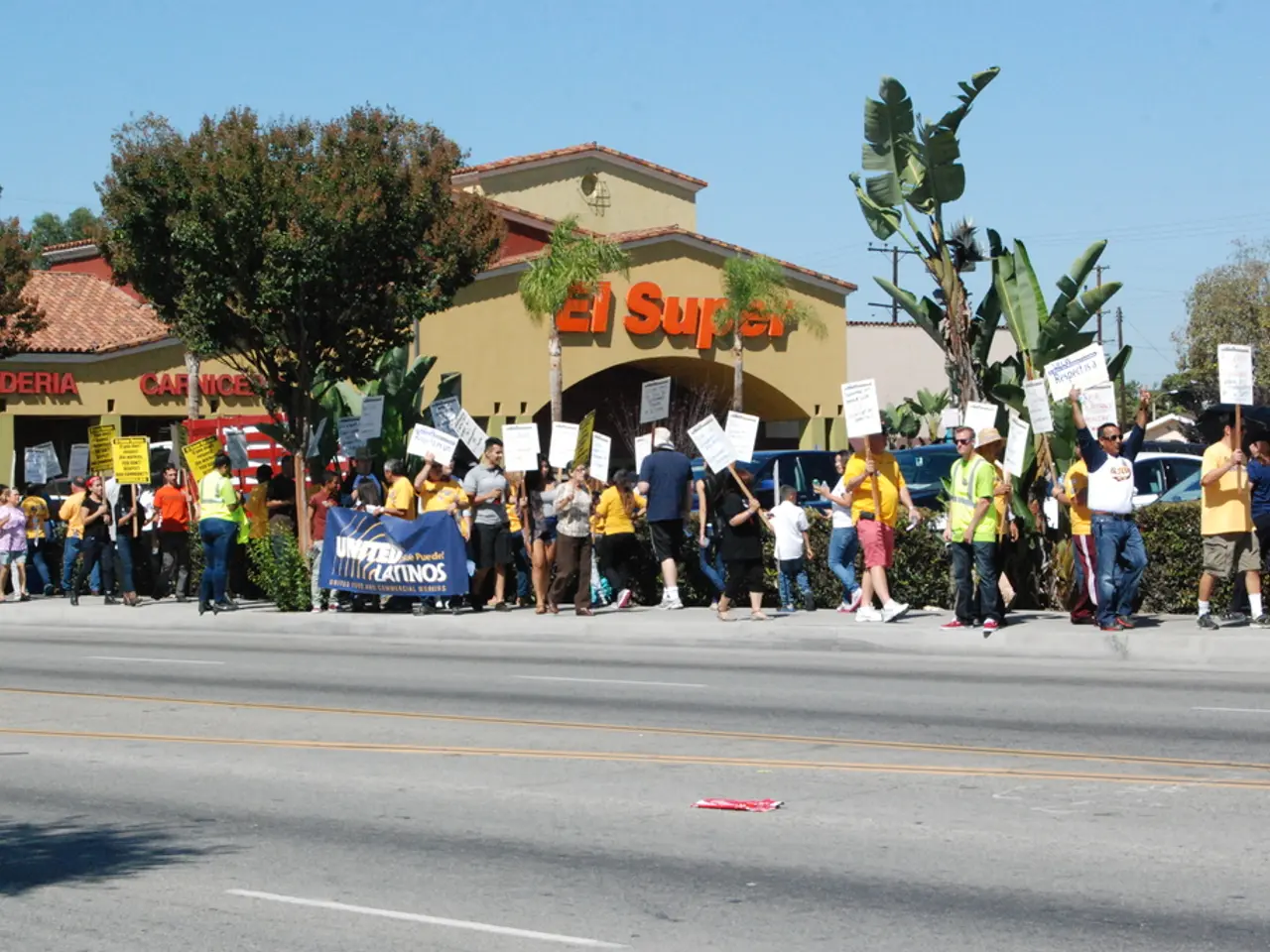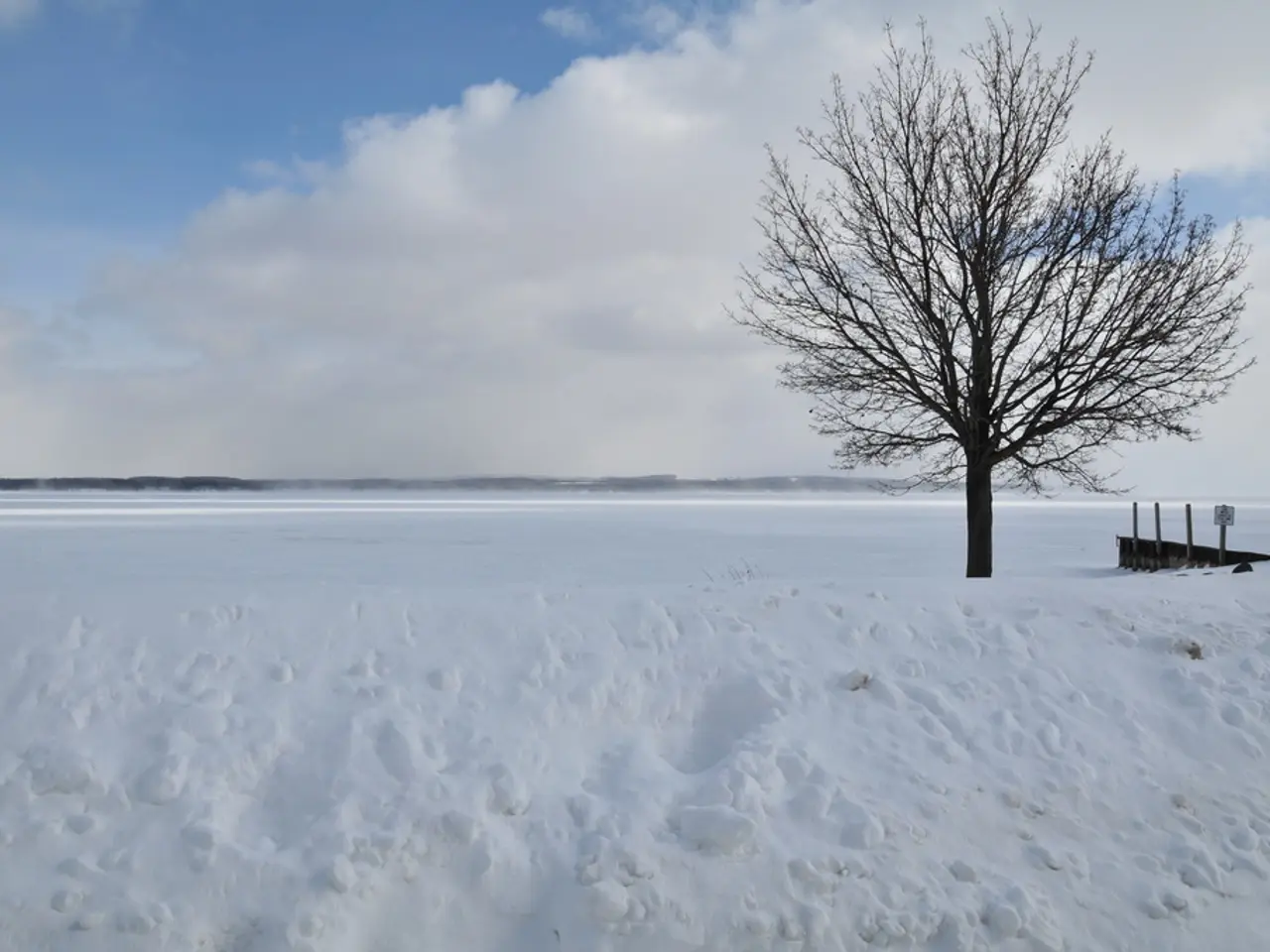Far-right party AfD reclaims 25% support / No coalition majority for Black and Red alliance
In the political landscape of Germany, the latest polling results suggest a fragmented and challenging environment ahead of the expected 2029 parliamentary election.
The Union party, which includes the CDU and CSU, remains at the top with around 26.5% to 28% of the votes, but has seen a slight recent decline. The Alternative for Germany (AfD) is gaining ground, positioning itself as a strong second with approximately 24% to 25% of the votes.
The Social Democrats (SPD), the current coalition partner with the Union, is losing support compared to previous elections, polling around 13-14%. The Greens and The Left Party hover at roughly 11-12% and 10-10.5%, respectively. The Free Democratic Party (FDP) votes remain below 5%, around 3-4%, while the Wagenknecht Alliance (BSW) polls in the low single digits, currently falling short of the 5% Bundestag entry threshold.
If the elections were held today, the CDU/CSU could have about 192 seats (~30.5%), the AfD about 177 seats (~28.1%), the SPD around 102 seats (~16.2%), the Greens approximately 83 seats (~13.2%), the Left Party about 76 seats (~12.1%), and the FDP and BSW failing to meet the 5% threshold.
The ruling coalition of Union and SPD would have approximately 46.5-46.7% of the vote share and could struggle to maintain a majority. A stable majority could be achieved by the Union and AfD, with a combined 52.5%.
The AfD has gained one percentage point compared to the previous week, while the Left party lost 0.5 percentage points and currently stands at 9.5%. The FDP has also lost 0.5 points and is currently at 3%, below the 5% hurdle.
The Wagenknecht Alliance, though relatively new, cleared the hurdle in a GMS poll in mid-July, indicating a potential presence in voter intention polls. However, it remains below the 5% threshold needed to enter parliament.
These polling trends indicate a complex and challenging political landscape in Germany, with no clear majority and increasing difficulties for coalition formation.
In this complex political landscape of Germany, upcoming policy-and-legislation decisions may face difficulties due to the fragmented environment ahead of the expected 2029 parliamentary election. The recent decline in the Union party's popularity and the surging support for the Alternative for Germany (AfD) could significantly impact general-news discussions regarding Germany's political landscape.






